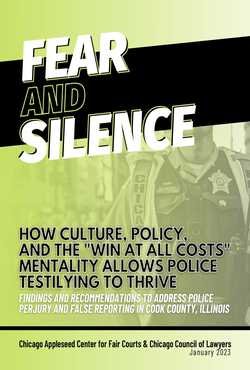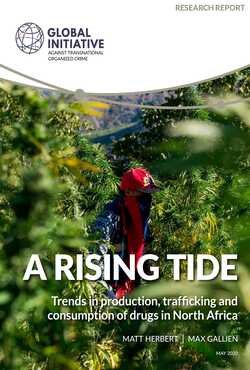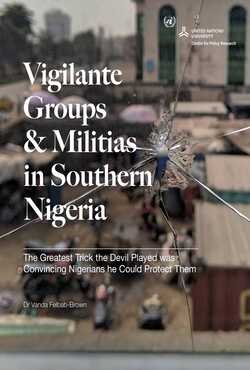By The Asia Pacific International Spirits & Wines Alliance. et al.
Illicit trade in alcohol is widespread, representing significant percentages of alcohol consumption worldwide and stripping governments of billions of dollars in tax revenues. According to Euromonitor’s 2018 Global Study on Illicit Alcohol, 1 in 4 alcohol bottles are illicit, representing 25.8% of all global consumption.
In addition to the serious health risk for consumers, the illicit trade in alcohol results in substantial losses in tax and duty revenue for governments. According to the Euromonitor report, the fiscal loss to governments in these countries is as much US$ 3.6 billion every year. These findings correspond to a 2016 report by the EU Intellectual Property Office that estimated counterfeit spirits and wine drain €1.2 billion (US$1.4 billion) in government revenues in Europe, of which €739 million (US$843 million) are excise duties. For industry, the main impact relates to lost market shares, costs related to intellectual property theft, reputational damage and lost consumer trust.
New York: Transnational Alliance to Combat Illicit Trade, 27p





















